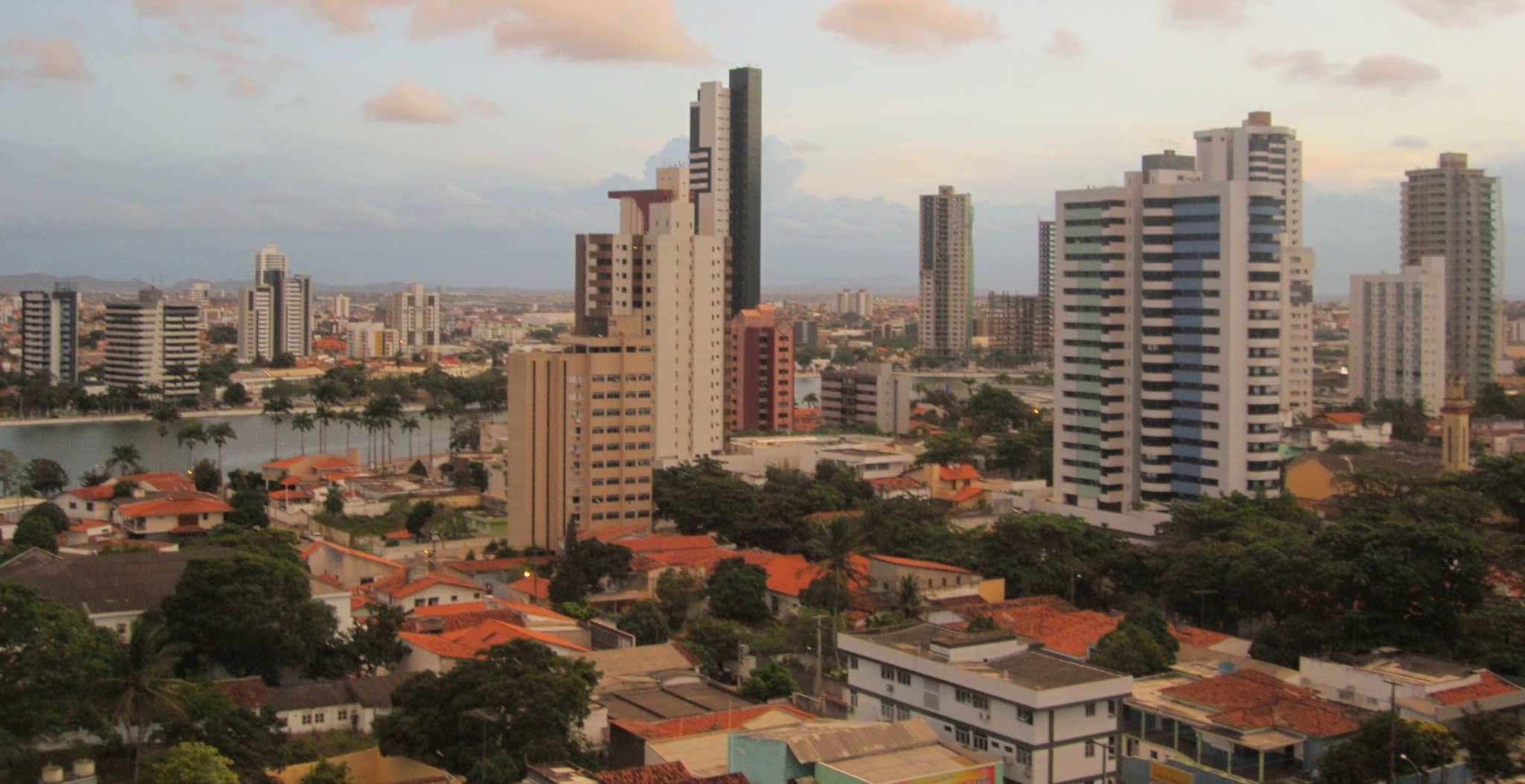Campinas, Brazil, Launches Integrated Climate Action Plan

This story was originally published by World Resources Institute.
Climate challenges are cross-cutting and systemic. From how we build our cities to how we consume and generate energy to how we commute, climate change must be factored in.
This is the approach Campinas, Brazil, is taking in its Local Climate Action Plan (PLAC). The plan affirms the city’s commitment to reach net-zero emissions by 2050 and outlines priority actions to get there while also promoting climate justice and the well-being of the population.
The document was launched through the signing of a municipal decree on June 27 in a ceremony at the City Hall, where the city’s mayor, Dario Saadi, and other authorities were present, as well as WRI experts who participated in the technical support given to the city, under the Integrated Climate Action initiative.
Campinas’ Integrated Climate Action
The PLAC combines the actions of the various municipal sectors to generate the necessary changes to reduce greenhouse gas (GHG) emissions, while increasing the city’s resilience in the face of extreme events and improving the quality of life of the population. This vision is reflected in the policy’s five strategic objectives: to ensure that urban services are resilient, low-carbon, efficient and accessible to all; to protect communities and the natural and built environments from climate risks; to promote compact, connected and resilient urban design that prioritizes people and nature; to ensure that no one is left behind by adopting inclusive and equitable approaches and actions; and to promote sustainable low-carbon local development and the reduction of GHG emissions in the city.
The plan is structured around five axes of action: renewable, reliable energy and resilient buildings for all; resilient basic sanitation; urban mobility and sustainable transport systems; climate-smart urban and rural development; and education, resilience and climate integration. The axes contain 20 actions, 96 sub-actions and about 150 key activities, with deadlines for completion and responsible sectors or actors.
Support from WRI
To guide the development of the PLAC, WRI applied a pilot methodology that seeks to reduce the time between planning and implementation and, as one of its products, included a document that shows a path to unlock key aspects for the implementation of the planned actions. The process lasted 15 months and included workshops with different sectors of the city and technical studies aligned with the most current climate science. The studies included updating the inventory of GHG emissions, projecting climate hazards and supporting the construction of GHG scenarios.
Other documents and policies developed with support from WRI Brasil also informed the plan. The Multiscale Municipal Strategy for the Adoption of Nature-Based Solutions (NBS), prepared in 2022 under the Cities4Forests initiative, supported the review of the city’s environmental plans and is reflected in the incorporation of NBS in different axes of the PLAC. Within the scope of the TUMI E-Bus Mission, WRI supports Campinas in planning the electrification of its bus fleet. This planning process is reflected in the targets of decarbonizing 40% of the city’s public transport fleet by 2040 and 70% by 2050.
Commitment to Integrated Action
PLAC is the most recent point in a long trajectory of commitment to people, nature and the climate. The evidence base, integration and alignment with the various policies that affect the territory and multi-level governance are premises that every city must consider when planning its own actions.












